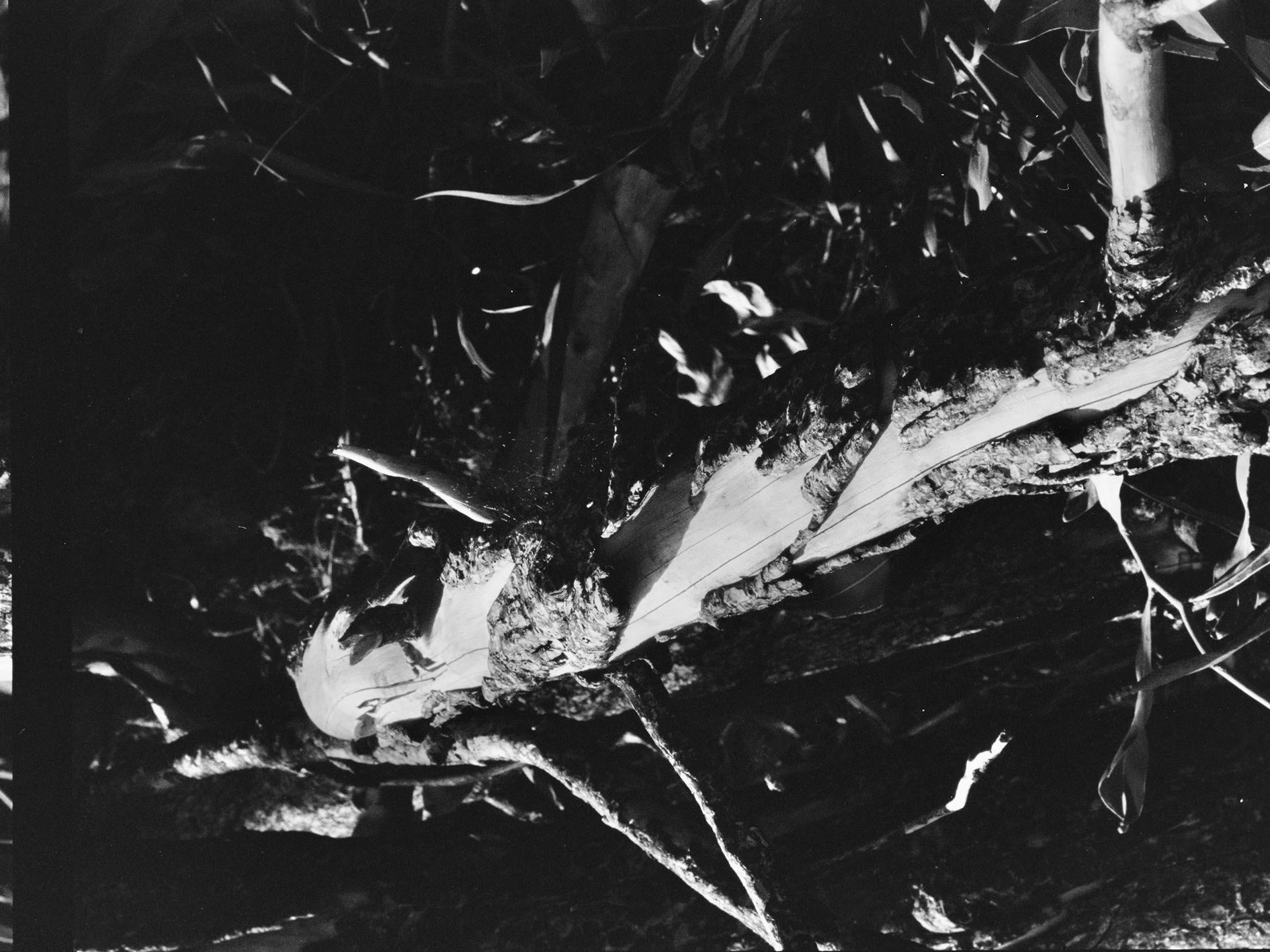FARMERS OF FUTURE
Hello
Welcome to the Farmers of Future
You do not go for a walk in nature - you are nature
Anonymous resident of the Grote Eik, Belgium

The ongoing environmental and ecological crisis is a well-known phenomenon. We have reached the point of non-return; the earth is so overheated that it is impossible to fully go back. The environmental disaster we are living in urges us to re-think our Western-induced conceptualisation of “nature”. What is nature” what is man-made? Can we imagine the role of hybrids as Donna Harvey urges us to do in her manifestos? And, what is the role of art, can the discipline offer new creative insights? These are the questions that I pose myself as a graduate student, a woman, and a being concerned with the present. These are pressing questions that can no longer be ignored.
According to Escobar (2016),the West ontological understanding of reality is rooted in two main dichotomies generated by Modernity. The overreaching binary is the one that differentiates between the human and the non-human realm, between culture and nature. “Nature” is the raw material of culture, an object to be manipulated, extracted, and controlled. What is man-made is higher in the hierarchy, capable of agency and control. The second binary divides those who live, operate, and flourish within this framework and those who do not: ex-colonies, or, using Phadke’s (2005) term the “unbelongers”.
The human nature divide is rooted in a long Western philosophical tradition that distinguishes between intellect and emotion. Hence the rational is separated from the unconscious which is framed as something more primordial and “natural”. These dichotomies have emerged in Western philosophical thought with Modernity, a long-disputed concept, that can be traced back to the beginning of the 17th century. Modernity is rooted in the belief in the linear progress of history, anthropocentrism, rationality, and utilitarianism, and in a way also capitalism and patriarchy. These structures have infiltrated so deeply our way of thinking and feeling that they can be defined as ontological and epistemological orders that structure how we think and study the world. The human-nature divide touches the core of the ongoing environmental crisis. Indeed, nature is equated to resources that are necessary to achieve progress, understood in terms of growth from point A to point B. However, we have recently realized that the plant cannot offer us infinite resources and that the idea of perpetual growth will inevitably lead us to catastrophe. Hence, especially scholars from the global south are thinking about alternatives to development, intended to assess people’s lives through non-Western notions such as the idea of “buen vivir” from Latin America (Gudynas, 2013).
From a different standpoint scholars and artists are trying to bridge the human nature binary through art and art practices. In her milestone manifesto “How to Make Art at the End of the World?” Loveless (2020) explains that capitalism has manipulated our sense of being. More specifically, she argues that the clock time is not something natural but constructed and it scans the capitalistic ways of production. The author argues that the instrumentalization of nature, such as the invention of clock time, does not allow us to imagine different social systems. Loveless urges us to change our fundamental experience of being, which she claims can be achieved through art. Indeed, she argues that performance art in particular can be a way of rupturing with clock time and therefore with a capitalist-conditioned sense of being.
Similarly, Miles (2016) analysed how aesthetics, understood in relational terms, can encourage us to live less carbon-dependent lives. The central question to author poses is- “What ideas can contribute to ecologically aware relations between human observers and the worlds which they observe?” (?)
In a more provocatory vein, Donna Harvey’s work on the relationships between nature, technology, and culture is considered a milestone in overreaching dangerous binary thinking. For example, in “A Cyborg Manifesto” (X), Harvey introduces the reader to the cyborg- a creature that is a hybrid between machine and organism which is both real and fiction. The cyborg overcomes the duality between mind and body, animal and machine, idealism and materialism, and ultimately humanity and nature, and it allows to shift perspective, contest meaning, and find new forms of power and pleasure. Indeed, the final aim of a cyborg world is to get rid of controlling power structures on the planet, a “world that is not scared of its togetherness with animals and machines”. However, the question of how to enact/ perform the cyborg as suggested by Haraway, or the non-capitalist-conditioned being suggested by Loveless persists and it is often left unanswered in the academia. Can the dichotomy be bridged in solitary or is it inherently a collective task? What can be done at the individual level?
article by Aurelia Temi